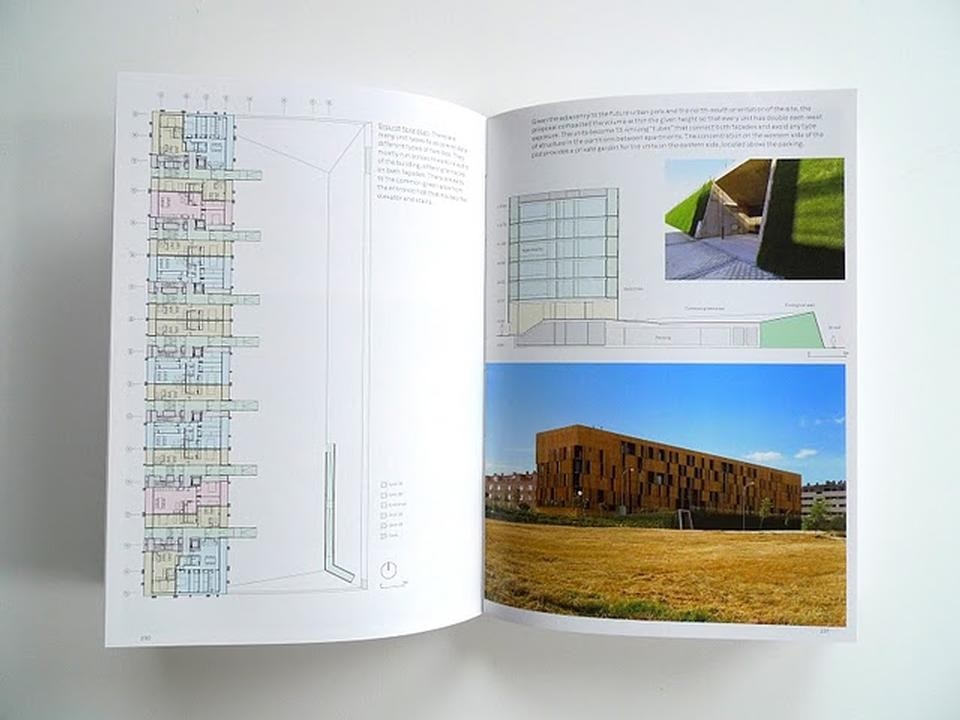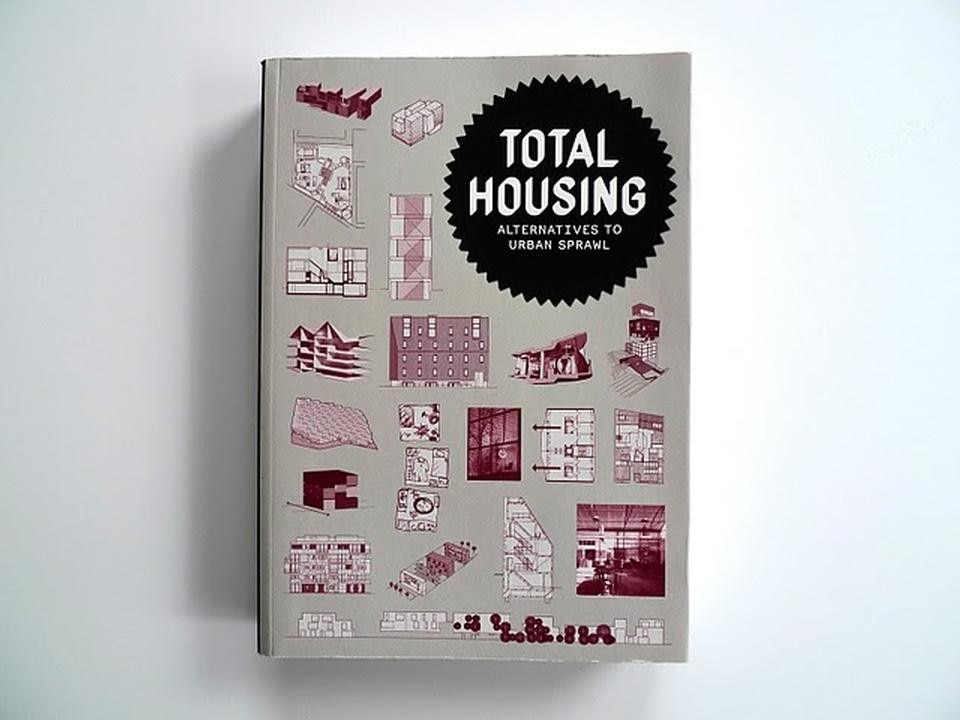Albert Ferre, Tihamer Salij, Actar, 2010 (350 pp., US $25)
Beginning more than a century ago with the Garden City movement, designers have struggled to reconcile the values of community with the desire for a direct connection with nature. Architects of housing have interpreted these ideals differently over time, offering varying expressions of the collective and the individual. Today, the detrimental social and ecological aspects of suburban settlements lend urgency to the production of livable urban environments. Housing not only embodies these large-scale issues but also remains the most personal, elemental area of architecture.
In this context, Actar's new book, Total Housing: Alternatives to Urban Sprawl, is well timed. The hefty paperback presents a series of medium and high-density housing projects from the last 10 years, relating them to the benefits of dense, city living as a whole. Obviously, it is going to take much more than a series of well-designed apartment buildings to make our cities fully viable. But with homes occupying the majority of built urban space, not to mention a central position in our psyche, housing is not a bad place to start.
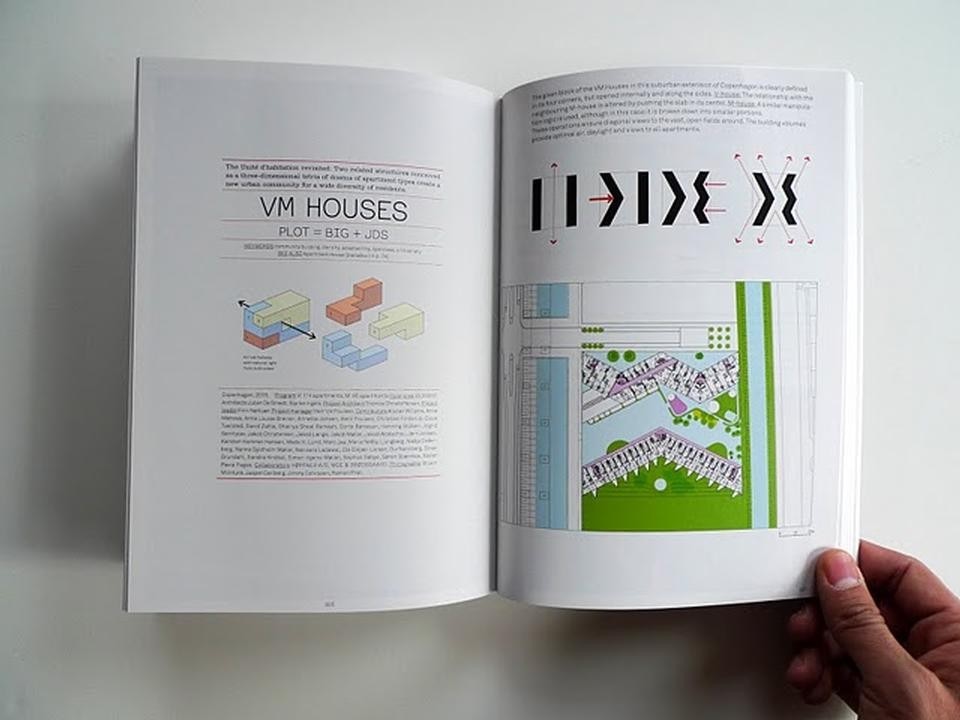
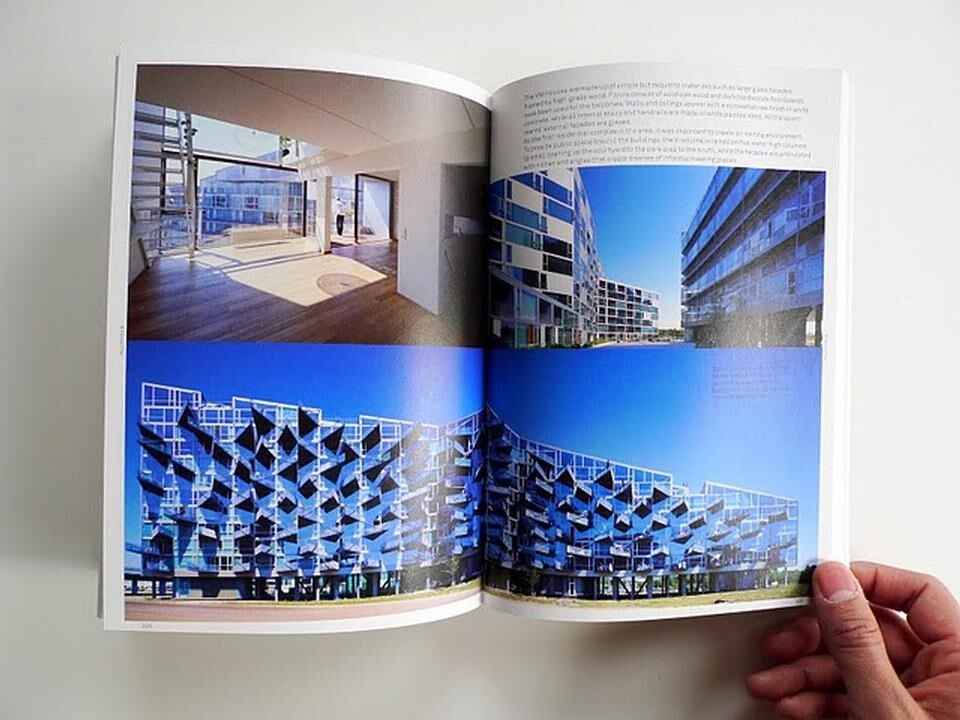
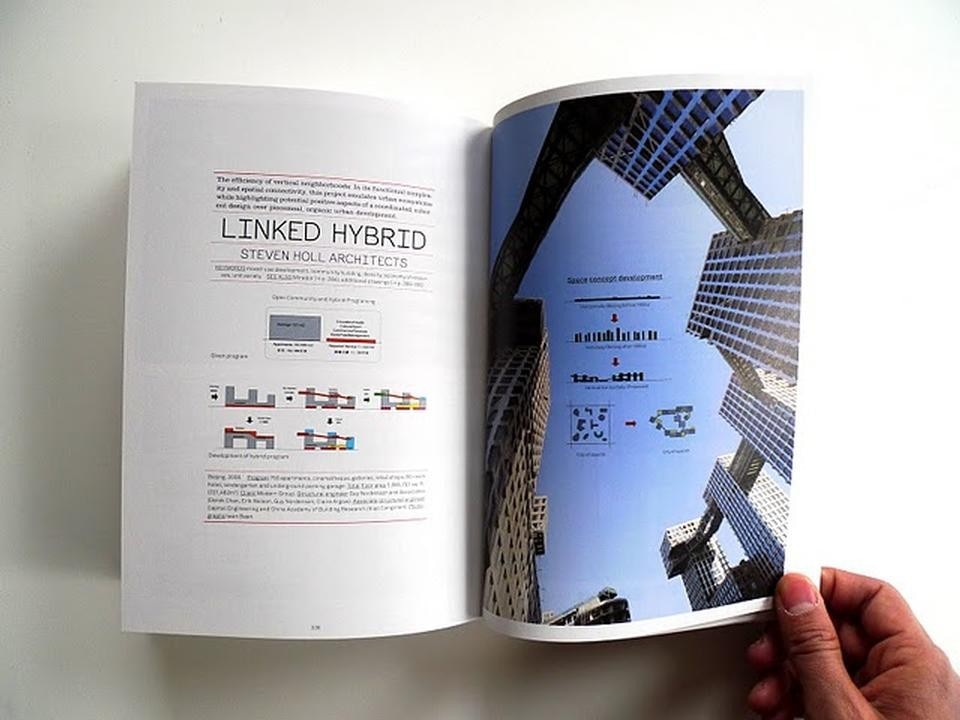
While many of the projects included in Total Housing show real innovation, the book's organization distracts from some of its thoughtful content. The works are each tagged using keywords from the 13 housing "virtues" described in the introduction, and are then referenced to each other through notes to "see also: . . ." It would have been interesting to see the projects organized sequentially around the introductory themes, allowing the reader to compare various approaches to contemporary issues in urban housing. It also would have been helpful to include density figures to aid the reader in judging the viability of public transport and other benefits of urban settlement. Lastly, the book could have delved further into urgent concerns specific to housing, such as the tensions between suburb and city and the relation between habitation and identity. Some of the featured projects are most innovative in decorative or formal areas such as façade treatment; while interesting in their own right, these teach us little about housing. Actar's own Global Housing Projects: 25 Buildings Since 1980 (edited by Josep Lluís Mateo and Ramias Steinemann, 2008) offers a more focused urban housing survey.
